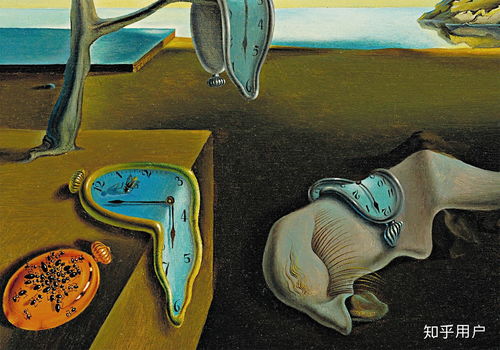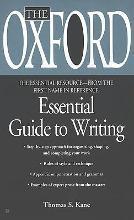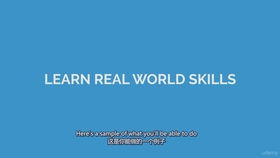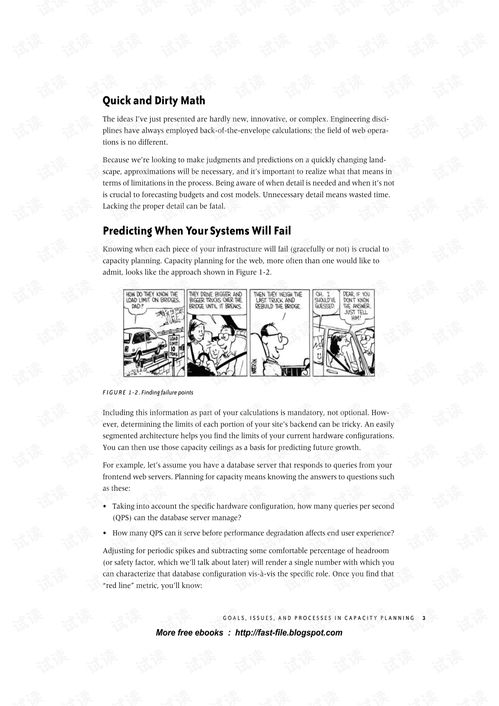Content:
Are you an aspiring angler looking to improve your fishing skills? Do you want to know how to catch more fish with ease? Look no further! This comprehensive guide will provide you with essential fishing techniques and detailed diagrams to help you become a master angler. Whether you're a beginner or an experienced fisherman, these tips and tricks will help you hook more fish and enjoy your time on the water.
Choosing the Right Equipment
Before you start fishing, it's crucial to have the right equipment. Here's a breakdown of the essential gear you'll need:
Rod and Reel: The rod and reel combination is the backbone of your fishing setup. Choose a rod that matches the type of fish you're targeting and the type of fishing you'll be doing. Spinning reels are great for lighter lures and panfish, while baitcasting reels are better for heavier lures and larger fish.
Line: The type of line you use depends on the fish you're after and the conditions you're fishing in. Monofilament is versatile and easy to handle, while fluorocarbon is nearly invisible underwater and great for clear water. Braided line is strong and has little stretch, making it ideal for catching big fish.
Hooks: The size and type of hook you use should match the bait you're offering and the size of the fish you're targeting. For example, a small hook is ideal for delicate baits like worms, while a larger hook is better for chunkier baits like cut bait.
Lures and Baits: The choice of lures and baits depends on the fish species and the conditions. Live bait, artificial lures, and natural baits like worms, crickets, and grubs all have their place in a fisherman's arsenal.
Mastering the Basics of Casting
Casting is the process of throwing your lure or bait into the water. Here are some key casting techniques:
Hold the Rod: Grip the rod with a comfortable, but firm, handshake. Your thumb should be on the reel side of the rod, and your fingers should be wrapped around the handle.
Position the Lure: Make sure your lure is properly positioned on the line before you cast. If you're using a lure, ensure it's attached securely to the line.
Casting Motion: Start with a backcast, then follow through with a forward cast. The backcast is the initial motion that loads the rod with power, while the forward cast is the one that actually sends the lure into the water.
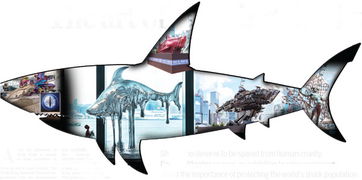
Accuracy: Practice your casting to improve accuracy. Aim for a target and try to hit it consistently.
Understanding Fish Behavior
To catch more fish, you need to understand their behavior. Here are some tips:
Seasonal Patterns: Fish behavior changes with the seasons. For example, fish may move to deeper water in the summer and shallower water in the winter.
Water Temperature: Water temperature can significantly affect fish behavior. Fish are generally more active in warmer water and less active in colder water.
Cover: Fish often seek cover to hide from predators. Look for areas with rocks, logs, or vegetation where fish might congregate.
Effective Baits and Lures
The choice of bait or lure can make a big difference in your fishing success. Here are some popular options:
Live Bait: Live bait, such as worms, crickets, and minnows, can be very effective. Fish are naturally attracted to live prey, so they're more likely to bite.
Artificial Lures: Artificial lures, like spinners, jigs, and crankbaits, can mimic the movement of real fish. They're great for attracting fish that are feeding on other fish.
Natural Baits: Natural baits like corn, bread, and cheese can be effective for panfish and other species. They're simple to use and can be found in most tackle shops.
Fishing Techniques Diagrams
To help you visualize and understand the fishing techniques better, here are some diagrams:
Casting Diagram: This diagram shows the proper casting motion, including the backcast and forward cast.
Hook Set Diagram: This diagram illustrates how to set the hook effectively after a fish bites.
Fish Catching Diagram: This diagram shows the different stages of catching a fish, from hooking it to landing it safely.
Conclusion
Catching fish is an art that requires patience, practice, and knowledge. By understanding the basics of fishing, mastering the techniques, and using the right equipment, you'll be well on your way to becoming a successful angler. Remember to always respect the fish and the environment, and enjoy the beauty of nature as you pursue your fishing adventures. Happy fishing!



